
Frederick Hamilton "Rick" Hauck is a retired captain in the United States Navy, a former fighter pilot and NASA astronaut. He piloted Space Shuttle mission STS-7 and commanded STS-51-A and STS-26.

Norman Ralph "Norm" Augustine is a U.S. aerospace businessman who served as United States Under Secretary of the Army from 1975 to 1977. Augustine served as chairman and CEO of the Lockheed Martin Corporation. He was chairman of the Review of United States Human Space Flight Plans Committee.

Bradford Parkinson is an American engineer and inventor, retired United States Air Force Colonel and Emeritus Professor at Stanford University. He is best known as the lead architect, advocate and developer, with early contributions from Ivan Getting and Roger Easton, of the Air Force NAVSTAR program, better known as Global Positioning System.
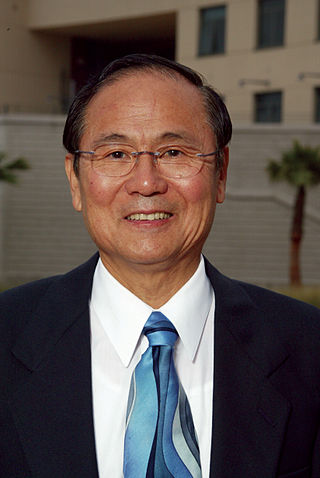
Henry Tzu-Yow Yang is a Chinese American mechanical engineer, university administrator, and the fifth and current chancellor of the University of California, Santa Barbara, a post he has held since 1994.

Eberhardt Rechtin was an American systems engineer and respected authority in aerospace systems and systems architecture.
Louis R. Chênevert is a Canadian businessman. He served as the Chairman and Chief Executive Officer of United Technologies Corporation and was also President of Pratt & Whitney.
Charbel Farhat is the Vivian Church Hoff Professor of Aircraft Structures in the School of Engineering and the inaugural James and Anna Marie Spilker Chair of the Department of Aeronautics and Astronautics, at Stanford University. He is also Professor in the Institute for Computational and Mathematical Engineering, and Director of the Stanford-King Abdulaziz City for Science and Technology Center of Excellence for Aeronautics and Astronautics. He currently serves on the Space Technology Industry-Government-University Roundtable.
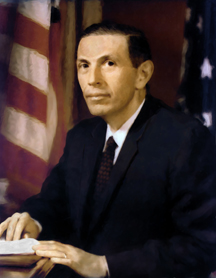
Alexander Henry Flax was the Chief Scientist of the U.S. Air Force (USAF) from 1959 to 1961, Assistant Secretary of the Air Force for Research and Development from 1963 to 1969, and the third Director of the National Reconnaissance Office (NRO) from 1965 to 1969. He was the director at a time when the second generation of imaging systems became operational and began to play a major role in United States intelligence during the Cold War. He oversaw major growth in NRO funding and personnel, the development of signals intelligence collectors from space, and the development of electro-optical imaging for US reconnaissance satellites.
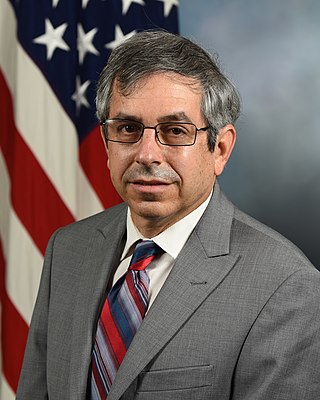
Dr. Mark J. Lewis is a senior American aerospace and defense executive with special expertise in hypersonics. He is currently the Executive Director of the National Defense Industrial Association's Emerging Technologies Institute, following his role in the second half of 2020 as the acting US Deputy Under Secretary of Defense for Research and Engineering, and before that the Director of Defense Research and Engineering for Modernization. He was the Chief Scientist of the U.S. Air Force, Washington, D.C. from 2004 to 2008 and was the longest-serving Chief Scientist in Air Force history. He served as chief scientific adviser to the Chief of Staff and Secretary of the Air Force, and provided assessments on a wide range of scientific and technical issues affecting the Air Force mission. In this role he identified and analyzed technical issues and brought them to attention of Air Force leaders, and interacted with other Air Staff principals, operational commanders, combatant commands, acquisition, and science & technology communities to address cross-organizational technical issues and solutions. His primary areas of focus included energy, sustainment, long-range strike technologies, advanced propulsion systems, and workforce development.

Michael Ihor Yarymovych is President of Sarasota Space Associates, an aerospace consultant providing services to the aerospace industry and government. He is Senior Fellow of the United States Air Force Scientific Advisory Board (SAB) and has served on numerous SAB and Defense Science Board studies. He retired from the Boeing Company in 1998 as Vice President of International Technology in the Information, Space and Defense Systems organization. Prior to the merger of Rockwell International with Boeing he was Vice President and Associate Center Director of the Systems Development Center, which focused the corporation’s resources on new high technology advanced concepts requiring the skills of many divisions. He had joined Rockwell in 1977 as Vice President Engineering of the Aerospace Operations in leadership positions of programs such as the Space Shuttle, Global Positioning System and the B1B strategic aircraft.

Wanda M. Austin is a former president and CEO of The Aerospace Corporation. She was both the first woman, and the first African-American, to hold this position. Austin also served as interim president for the University of Southern California, following the resignation of C. L. Max Nikias. She was both the first woman, and the first African-American, to hold this position.
Holt Ashley was an American aeronautical engineer notable for his seminal research on aeroelasticity.

Paul F. McManamon is an American scientist who is best known for his work in optics and photonics, as well as sensors, countermeasures, and directed energy.
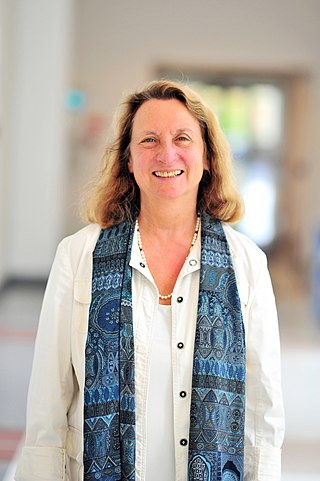
Elaine Surick Oran is an American physical scientist and is considered a world authority on numerical methods for large-scale simulation of physical systems. She has pioneered computational technology to solve complex reactive flow problems, unifying concepts from science, mathematics, engineering, and computer science in a new methodology. An incredibly diverse range of phenomena can be modeled and better understood using her techniques for numerical simulation of fluid flows, ranging from the tightly grouped movements of fish in Earth's oceans to the explosions of far-flung supernovae in space. Her work has contributed significantly to the advancement of the engineering profession.
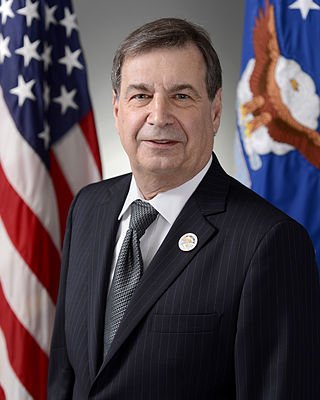
Dr. Greg Zacharias was the Chief Scientist for the Director of Operational Test and Evaluation, Office of the Secretary of Defense, serving from July 2018 to 2021. Previously, he was the Chief Scientist of the United States Air Force from May 2015 to January 2018.
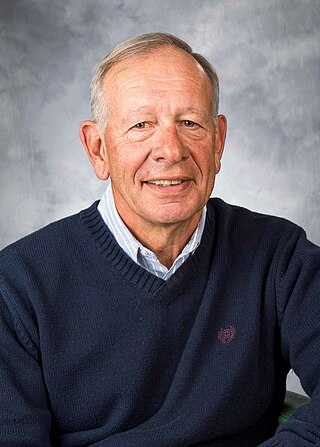
Larry E. Druffel is an American engineer, Director Emeritus and visiting scientist at the Software Engineering Institute (SEI) at Carnegie Mellon University. He has published over 40 professional papers/reports and authored a textbook. He is best known for leadership in: (1) bringing engineering discipline and supporting technology to software design and development, and (2) addressing network and software security risks.
Jonathan P. How is a Canadian-American astrophysicist and aeronautical engineer currently the Richard Cockburn Maclaurin Professor at Massachusetts Institute of Technology and editor-in-chief of the IEEE Control Systems Magazine, also previously a Davis Faculty Scholar at Stanford University. His current concerns are technology systems engineering and space engineering.

James Julius Spilker Jr. was an American engineer and a consulting professor in the Aeronautics and Astronautics Department at Stanford University. He was one of the principal architects of the Global Positioning System (GPS). He was a co-founder of the space communications company Stanford Telecommunications, and was most recently executive chairman of AOSense Inc., Sunnyvale, CA.

Ashwani K. Gupta is a British-American engineer and educator with research focus on combustion, fuels, fuel reforming, advanced diagnostics, High Temperature Air Combustion, and high-intensity distributed combustion, green combustion turbine, micro-combustion, and air pollution. He is an Distinguished University Professor at the University of Maryland. Gupta is also Professor of Mechanical Engineering at the University of Maryland and Director of Combustion Laboratory. He is also an Affiliate Professor at Institute of Physical Science and Technology, University of Maryland which is part of the University of Maryland College of Computer, Mathematical and Natural Sciences.

Mike Gruntman is a physicist, space engineer, and author. He is professor of astronautics and aerospace engineering at the Viterbi School of Engineering, University of Southern California (USC).




















